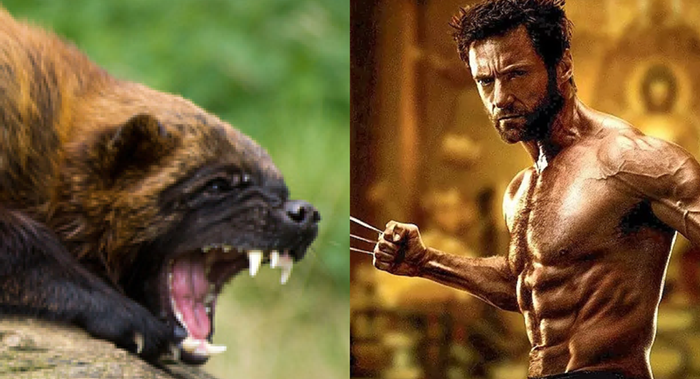Christmas Comes but Twice a Year
Move Over Santa... Here Comes Grandfather Frost!
The Indoorsy Type
Fun Ways to Endure the Endless Winter Break
The Secret Weapon
Are Moms Behind the Changing Cannabis Culture in Oregon?
A Mother Inside
The Day Before Christmas, I Dropped My Son at Daycare, and Went to Prison
Ask the Parent!
Better Not Pout, Better Not Lie
A Very Blended Family
When Your Holiday Traditions Get Tossed Out the Window
Parent to Parent
“Stay Frosty”
Build A Better Parent
Outrunning the Holiday Tsunami
Got a question too embarrassing to ask anyone else? Send it to asktheparent@trueparent.com, and we’ll find an expert parent to answer it for you! This month we have licensed professional counselor Holly Shumway dishing out the real talk.
We’re a “Santa Claus household,” but our 10-year-old son is beginning to express doubts, while our six-year-old is still solid in her belief. Keeping up appearances was fun at first, but now my husband and I are just feeling like liars. How do we gently break the news to the 10-year-old while not destroying the magic for our six-year-old? Or should we continue the charade forever?
—Better Not Pout, Better Not Lie
Sharing Santa with your children is a magical time. It seems your son is casting doubts and causing you to reconsider your choices in fostering your family tradition. Before you let go of the tradition and the magic, consider this: As a developing concrete thinker, your son might be doing exactly what he needs to do.
At age 10, your son’s thinking is binary: real or make-believe, right or wrong. Concrete thinkers believe in things they can see and touch. Expressing doubt doesn’t necessarily mean he doesn’t believe in Santa—it may simply mean he’s beginning to develop discernment. Doubts are as necessary to developing discernment as magical thinking is to developing imagination. Discernment offers your son the opportunity to filter an idea and arrive at his own conclusions regarding accuracy or inaccuracy.
At around age 12, his thinking will change again, allowing for more expansive thoughts without the need for visual or tactile reminders. His thoughts will become hypothetical and abstract. Believing in the unseen will not only be possible, but necessary to expand understanding and build imagination.
It’s quite possible your son has already contemplated what Christmas morning might look like if he chooses not to believe. I’ve met many a 10-year-old who says, “I do not 'believe’ when I talk to my friends at school, but at home on Christmas Eve, it’s a whole different story.”
If your son’s doubts continue to take center stage, try not to answer a question not being asked. Deciphering what your son actually wants to know about Santa is easier when you let him share what questions he would like to have answered. Try to understand why he is expressing doubts now.
You might consider integrating more concrete ideas relative to Santa Claus by discussing St. Nicholas, the precursor to our modern Santa. Both St. Nicholas and Santa Claus have evolved though the years, timelessly growing with new ideas and more mature ways of thinking. Your family tradition might benefit from doing the same.
Instead of holding Santa within the reins of “truth” or “lie,” consider ways to expand the story to integrate your son’s new ways of thinking. It’s most likely your son will continue to practice with his newly acquired toy of discernment, while still allowing his sister the opportunity to experience the full extent of her own magical thinking.
Rest assured, Santa Claus is not overly worried about discerning 10-year-olds. Childhood happens once, imagination is ageless! (Also, the “Naughty List” never includes parents who keep the magic alive.)
Holly Shumway is a licensed professional counselor practicing in Lake Oswego. Learn more about Holly at hollyshumway.com













